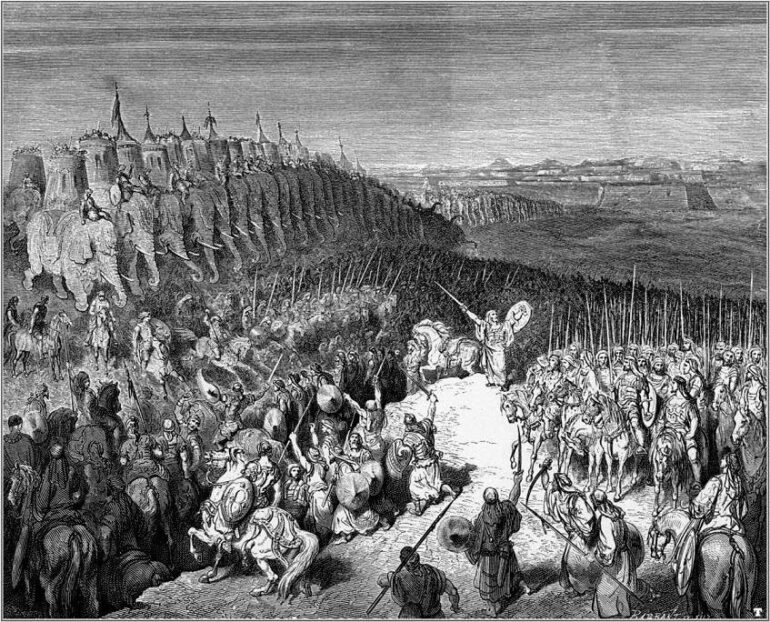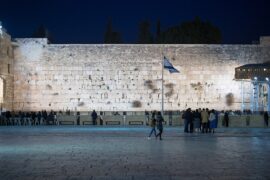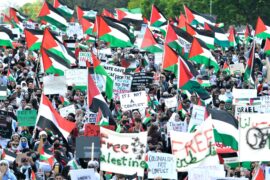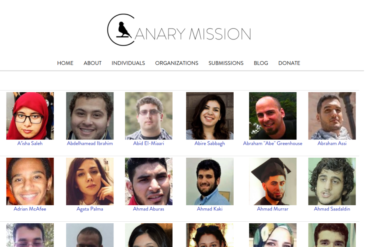While we commemorate the Fast of Esther beginning the morning of the 13th of Adar, on the night before we can celebrate Yom Nikanor – an ancient Hebrew festival marking Yehuda Maccabi’s final victory.
The Seleucid-Greek General Nikanor had been hunting the Judean freedom fighters with a tremendous force and had threatened to destroy the Temple unless Yehuda was handed over.
On the 13th of Adar, Maccabi guerrilla fighters engaged Nikanor’s soldiers and won a decisive victory. Following the battle, Yehuda posted Nikanor’s head and right arm near the Temple in Jerusalem for all to see. The Maccabees declared a national festival on that day for future generations. It would be Yehuda’s last victory before falling in the next battle.
It’s challenging to mark Yom Nikanor in modern times, especially on years when it conflicts with the Fast of Esther (when Purim falls on Sunday and the Fast of Esther is pushed back to Thursday we are given an opportunity to commemorate the festival on Shabbat).
The fact that there are no practical rituals associated with Yom Nikanor is probably the main reason that, unlike Ḥanukah and Purim, it was lost to Jewish practice for more than a thousand years.
But we actually do have its megilla.
If we take it upon ourselves to start reading chapters 14-15 of Maccabees II, even just to ourselves, on the 13th of Adar, we can begin to resurrect a festival that had been instituted and celebrated by the Maccabees and their followers over two millennia ago – a festival they clearly envisioned would continue throughout our people’s history.
With the return of Hebrew independence in Eretz Yisrael, perhaps it’s time to once again celebrate Yom Nikanor. Please enjoy a more detailed class Rav Yehuda HaKohen taught on the subject a few years ago at Machon Meir.
יום ניקנור שמח





